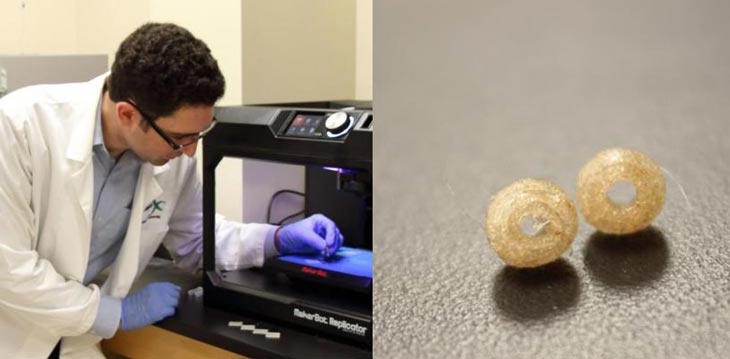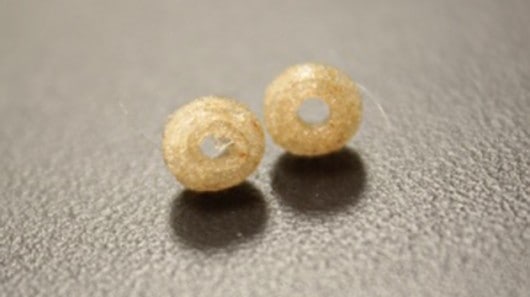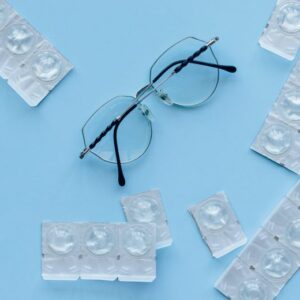Researchers from Louisiana Tech University believe they have invented new method to print drugs, using a 3D printer. The new technology is build on providing biodegradable material, which could be used to include usual drugs, as well as antibiotic compounds for those needing cancer treatments – as a means of better targeted drug delivery.

The concept was to print out special drug sending-out implants, which collapse within the human body in a natural way, then freeing the drug in the targeted area slowly. This can be used to heal many diseases, cancer included.
The scientists say they can make a swallowed capsule and it will also allow doctors to modify a dosage depending on particular requirements.

During their researches, they focused on what know as antibiotic beads – current drug delivery devices – which are created using bone cements and hand-made by a surgeon during a procedure.
According to Science Daily, the 3D printer would be able to produce the capsule, so the medicine will be ready to be sealed then inserted into the body. But the problem the scientist facing is related to the inability to molder in the body, this needs tracking surgery to take them off once their mission is done
Jeffery Weisman, a doctoral student in Louisiana Tech’s biomedical engineering program, revealed that one of important benefits of the 3D-printing implants will be its capacity to tailor the components of a drug for special needs, he said:
“After identifying the usefulness of the 3D printers, we realized there was an opportunity for rapid prototyping using this fabrication method, through the addition of nanoparticles and/or other additives, this technology becomes much more viable using a common 3D printing material that is already biocompatible. The material can be loaded with antibiotics or other medicinal compounds, and the implant can be naturally broken down by the body over time.”

“Currently, embedding of additives in plastic requires industrial-scale facilities to ensure proper dispersion throughout the extruded plastic,” describes
Dr. David K. Mills, who is a professor of biological sciences and the lab directory that Weisman works out of, he revealed that there are more benefits that 3D printers could achieve in the medical industry.
He also added: “Our method enables dispersion on a tabletop scale, allowing researchers to easily customize additives to the desired levels. There are not even any industrial processes for antibiotics or special drug delivery as injection molding currently focuses more on colorants and cosmetic properties.”
So far 3D printers have been used to create the outer shells for devices such as hearing aids. Phil Reeves, who is an expert in the 3D printing industry, says that there are currently around 10 million hearing aids in circulation.
This is not the first use for 3D printers. It have been used before to produce the outer shells for devices such as hearing aids, the matter that ensured by the expert in the 3D printing industry, Phil Reeves, makes it clear that there are presently around 10 million hearing aids in circulation.
Additional Sources:
1. Nano drug delivery could revolutionize transplant procedures
2. 3D printers — a novel way to deliver drugs
3. MakerBot 3D Printers Used to Create Drug Emitting Implants for Cancer Treatment and Infection


